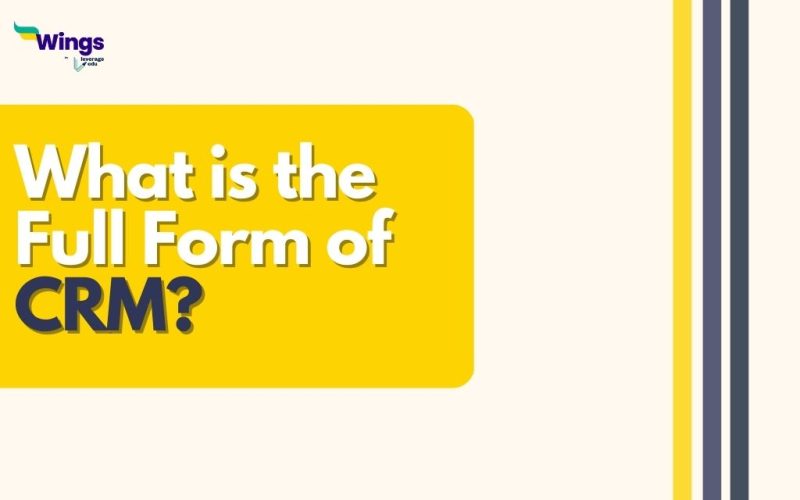CRM full form is Customer Relationship Management. CRM is a strategy for maintaining and protecting relationships with present and potential customers in order to support the company’s growth. It is prevalent in all new industries.
CRMs were created to collect information on a company’s customers, such as its email address, website, offerings, phone number, services, live chat feature, and so on. It also includes detailed customer information such as staff names, phone numbers, sales history, customer feedback, suggestions, and more. CRM software organises all documents and data related to a single customer into a single CRM folder. It is a straightforward and seamless technique to manage an organisation that provides a structured perspective of the relationship between customers and staff.
CRM: Brief History
Table of Contents [show]
Pat Sullivan and Mike Muhney introduced the first CRM version, called ACT, in 1987. It was a digital toolkit that assisted clients in recording and organising data.
Understanding the meaning of CRM enabled the corporate community to recognise the advantages of a system that could use customer information to manage and improve relationships. The concept of CRM did not exist at the time. Later, in the 1990s, the phrase became more extensively used, and enterprise resource planning, sales automation, and other terms gained traction.
Benefits of CRM
- You may totally automate your firm because it processes in accordance with your client’s wants and expectations.
- It gives you information about your current clientele and distribution methods. Furthermore, rather than using mass marketing, you can target specific consumer groups with your marketing efforts.
- You can use it to examine and assess your clients’ purchase tendencies. Direct access will be provided to all alerts pertaining to discontinued goods and the customers who purchased them.
- It is easier for the departments of sales, marketing, and customer service to communicate because they use a similar CRM (full form customer relationship management) platform and may work more cooperatively or as a single entity.
- When selling a product, there are numerous small steps that must be completed, such as filling out the form, receiving a receipt, and submitting reports to seniors. The CRM may be able to perform the majority of these activities, allowing salespeople to concentrate their efforts on gaining new clients and closing deals more quickly.
Features of CRM
- Customers need
- Customers response
- Customers satisfaction
- Customers loyalty
- Customers retention
- Customers complaints
- Customers service
Conclusion
It has been observed that businesses are developing high-quality CRM (full form customer relationship management) in order to better their client relationships. This aids in streamlining operations and improving interactions. CRM is thus customer-centric and assists your clients in better navigating the waters of your organisation.’
Must Read: What is the Full Form of PO in a Company?
Must Read: What is the Full Form of MNC?
We hope that you understood CRM full form. For more information, visit the Leverage Edu General Knowledge section.
 One app for all your study abroad needs
One app for all your study abroad needs















 45,000+ students trusted us with their dreams. Take the first step today!
45,000+ students trusted us with their dreams. Take the first step today!
